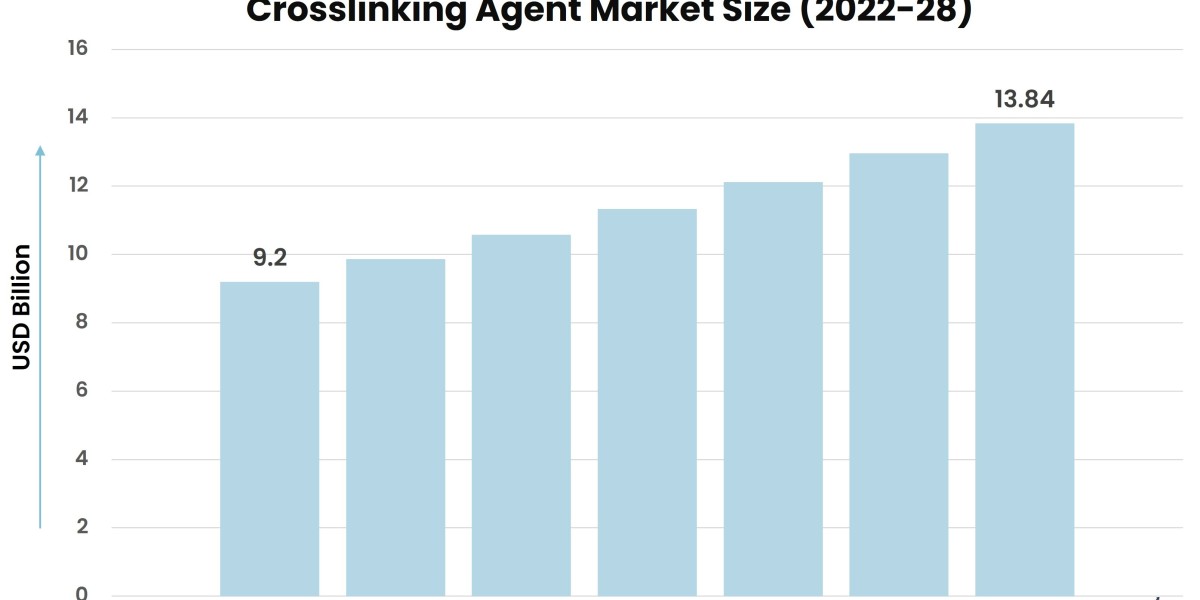The global crosslinking agent market is experiencing robust growth, driven by the increasing demand for high-performance materials across various industries such as automotive, construction, electronics, and packaging. Crosslinking agents play a critical role in improving material properties, such as chemical resistance, thermal stability, and mechanical strength. This article provides an in-depth look at the market dynamics and forecasts for the future of the crosslinking agent market.
Market Forecast
According to Stratview Research, the crosslinking agent market was estimated at USD 9.2 billion in 2022 and is likely to grow at a CAGR of 7% during 2023-2028 to reach USD 13.84 billion in 2028.
Key growth regions include Asia-Pacific, which is driven by the booming manufacturing industries, and North America and Europe, where sustainability and regulatory factors are major drivers.
Market Dynamics
- Increasing Demand from the Coatings Industry
The coatings industry is one of the largest consumers of crosslinking agents. These agents are essential in enhancing the performance of coatings, making them more resistant to environmental factors such as UV radiation, chemicals, and abrasion. With the expansion of industries like automotive, aerospace, and construction, the demand for high-quality coatings has surged. Additionally, the growing trend toward sustainable and eco-friendly coatings, particularly water-based formulations, has further fueled the need for innovative crosslinking agents.
- Growing Use in Adhesives and Sealants
Another major factor driving the market is the expanding use of crosslinking agents in adhesives and sealants. Crosslinking agents improve the adhesion, flexibility, and durability of adhesive products, making them suitable for high-performance applications in sectors like construction, automotive, electronics, and packaging. With industries increasingly requiring more durable bonding materials, the demand for crosslinking agents in this segment is expected to grow steadily.
- Rising Application in Polymers
The polymer industry heavily relies on crosslinking agents to enhance the thermal resistance, strength, and durability of its products. Polymers treated with crosslinking agents are used in a wide range of applications, from healthcare and textiles to consumer goods and electronics. As the demand for lightweight, strong, and versatile materials grows, the use of crosslinked polymers is expected to increase.
- Environmental Regulations and Sustainability
Governments and industries worldwide are focusing on reducing volatile organic compounds (VOC) emissions and developing sustainable solutions. This has led to the rise of low-VOC and water-based crosslinking agents that offer better environmental performance without sacrificing material quality. This trend is expected to drive significant market growth, especially in regions with stringent environmental regulations like Europe and North America.
Conclusion
The global crosslinking agent market is set to experience continued growth, driven by demand from key sectors like coatings, adhesives, and polymers. As industries push for more durable, eco-friendly materials, the role of crosslinking agents will become even more crucial in shaping the future of high-performance products. The ongoing focus on sustainability and the shift toward water-based formulations will present new opportunities for innovation and market expansion.


